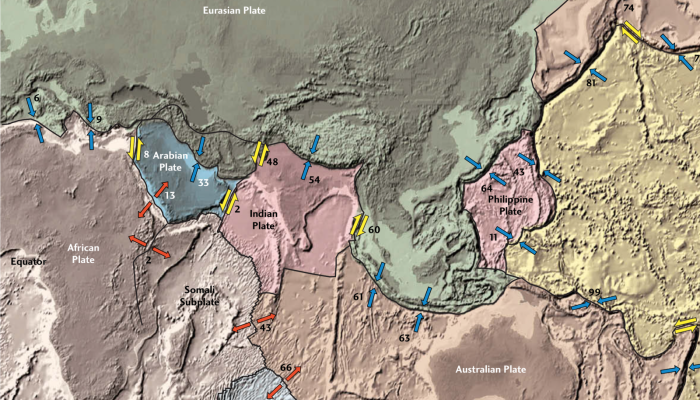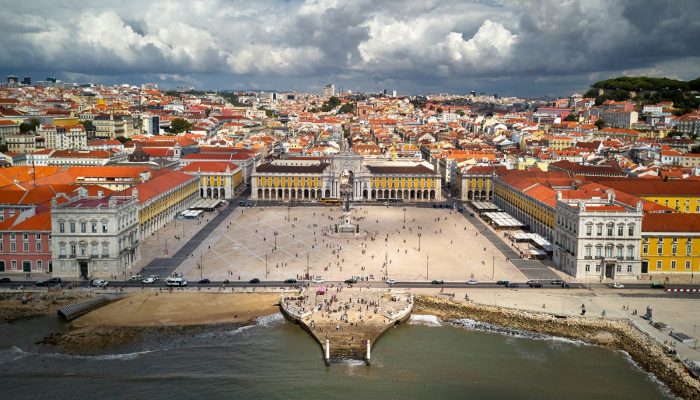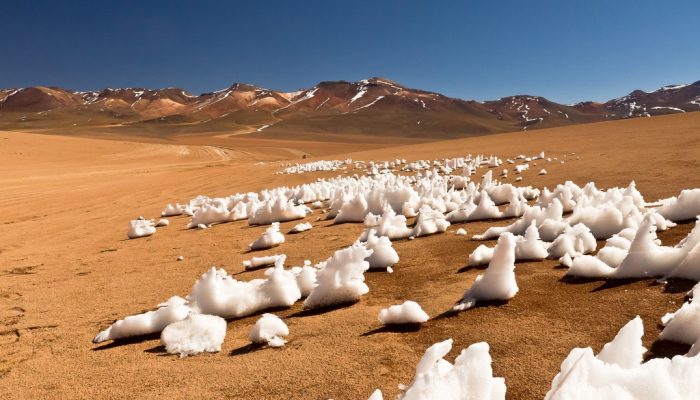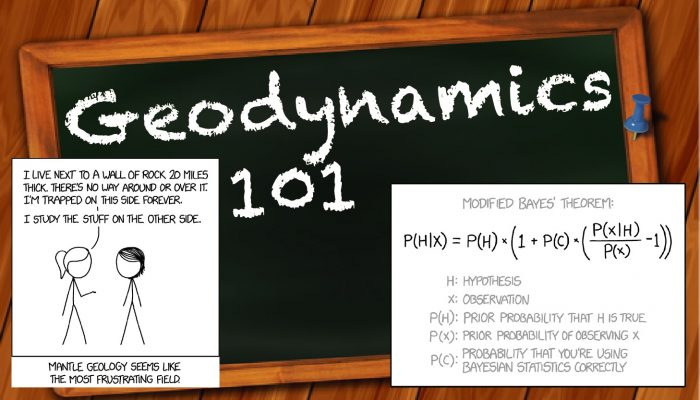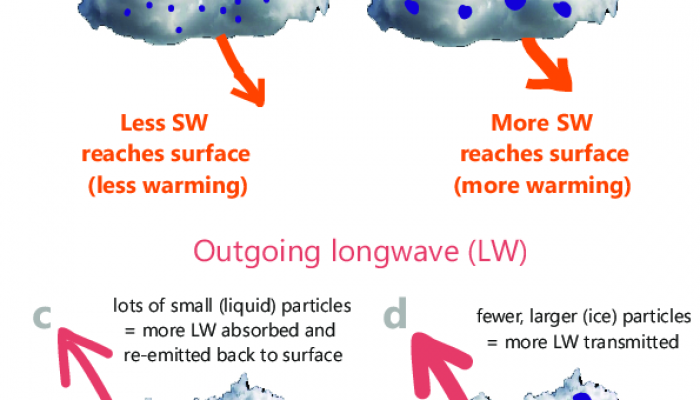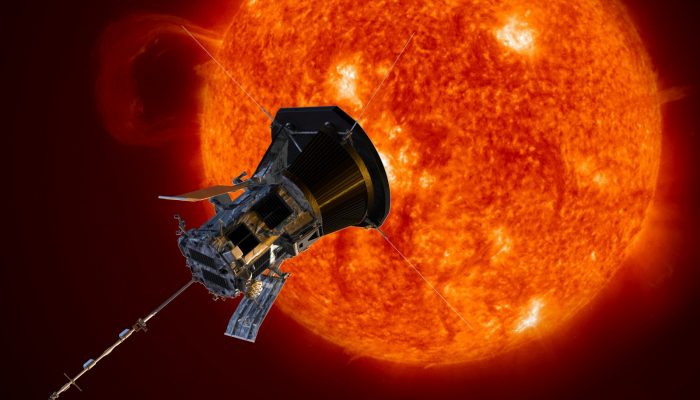These blogposts present interviews with outstanding scientists that bloomed and shape the theory that revolutionised Earth Sciences — Plate Tectonics. Get to know them, learn from their experience, discover the pieces of advice they share and find out where the newest challenges lie! Meeting Xavier Le Pichon Prof. Xavier Le Pichon is one of the pioneers of the theory of plate tectonics. He develop ...[Read More]
Natural Hazards
The (un)usual suspect: how the environment affects human health.
If you have been regularly following our blog for this (almost) past year, you may have noticed that the field of natural hazards is coloured by many different shades. One more that I would like to present to you today is about how the natural environment can affect human health. It is a recognized fact that geo-materials can pose a threat to our health. One of the most striking examples is asbest ...[Read More]
Tectonics and Structural Geology
Lisbon at the dawn of modern geosciences
Here, where the land ends and the sea begins... Luís de Camões (Portuguese poet) Lisbon. Spilled over the silver Tagus River, it is known by its beautiful low light, incredible food and friendly people. Here, cultures met, and poets dreamed, as navigators gathered to plan their journeys to old and new worlds. Fustigated by one of the greatest disasters the world has ever witnessed, Lisbon is inter ...[Read More]
Cryospheric Sciences
Image of the Week – Alien-iced
What do Chile and Jupiter’s moon Europa have in common? If you like astronomy, you may reply “space missions!” – Chile’s dry air and clear skies make it an ideal location for telescopes like the VLT or ALMA, while Europa’s inferred subsurface ocean will be studied by the upcoming mission to Jupiter JUICE, due to launch in 2022. But Chile’s high altitude Atacama desert and Europa’s frozen surface a ...[Read More]
Seismology
Scientific Talks: The Good, the Bad and the Ugly
We’ve all been there at some point: being nervous, stuttering, or losing our train of thought because somebody looks so incredibly bored that you are afraid they might actually collapse. Then there’s saying something stupid or just plain wrong, or talking so fast and quietly that nobody understands what your results are. These are certainly my lowest moments giving talks and I’ll save myself the e ...[Read More]
Stratigraphy, Sedimentology and Palaeontology
Brachiopods in a changing planet: from the past to the future
Between the 10thand 14th of September 2018, the 8thInternational Brachiopod Congress took place in the prestigious venue of the University of Milan, after the previous editions held in Melbourne (Australia) in 2010 and in Nanjing (China) in 2015. It was the first time, since its foundation over 35 years ago, that this important conference was hosted in Italy. The Congress was attended by 150 parti ...[Read More]
Geodynamics
Inversion 101 to 201 – Part 2: The inverse problem and deterministic inversion
The Geodynamics 101 series serves to showcase the diversity of research topics and methods in the geodynamics community in an understandable manner. We welcome all researchers – PhD students to professors – to introduce their area of expertise in a lighthearted, entertaining manner and touch upon some of the outstanding questions and problems related to their fields. This time, Lars Gebraad, PhD s ...[Read More]
Seismology
Seismology Job Portal
On this page we regularly update open positions in Seismology. Do you have a job on offer? Contact us at ecs-sm@egu.eu _______________________________________________________________________________________ Latest open positions: PhD opportunities [1] Funded PhD opportunities in fluvial seismology at New Mexico Tech Open until: 2019-09-30 The students will join a project to in ...[Read More]
Cryospheric Sciences
Do clouds affect melting over Antarctic ice shelves?
The Antarctic Peninsula is the ‘canary in the coalmine’ of Antarctic climate change. In the last half-century it has warmed faster than most other places on Earth, and considerable change has consequently been observed in the cryosphere, with several ice shelves collapsing in part or in full. Representing this change in models is difficult because we understand comparatively little abo ...[Read More]
Solar-Terrestrial Sciences
A close-up journey to the Sun: The Parker Solar Probe Mission
Almost two months ago, in August 12, 2018 Parker Solar Probe (PSP) launched by NASA on a Delta IV Heavy rocket from Cape Canaveral, Florida. This is a long-awaited mission from the Heliospheric community. The first to explore the Sun within distances of ~0.167 AU (or 25 million kilometers) at its perihelia. Its ancestors were the successful Helios -A and -B spacecraft, a pair of probes launched in ...[Read More]

